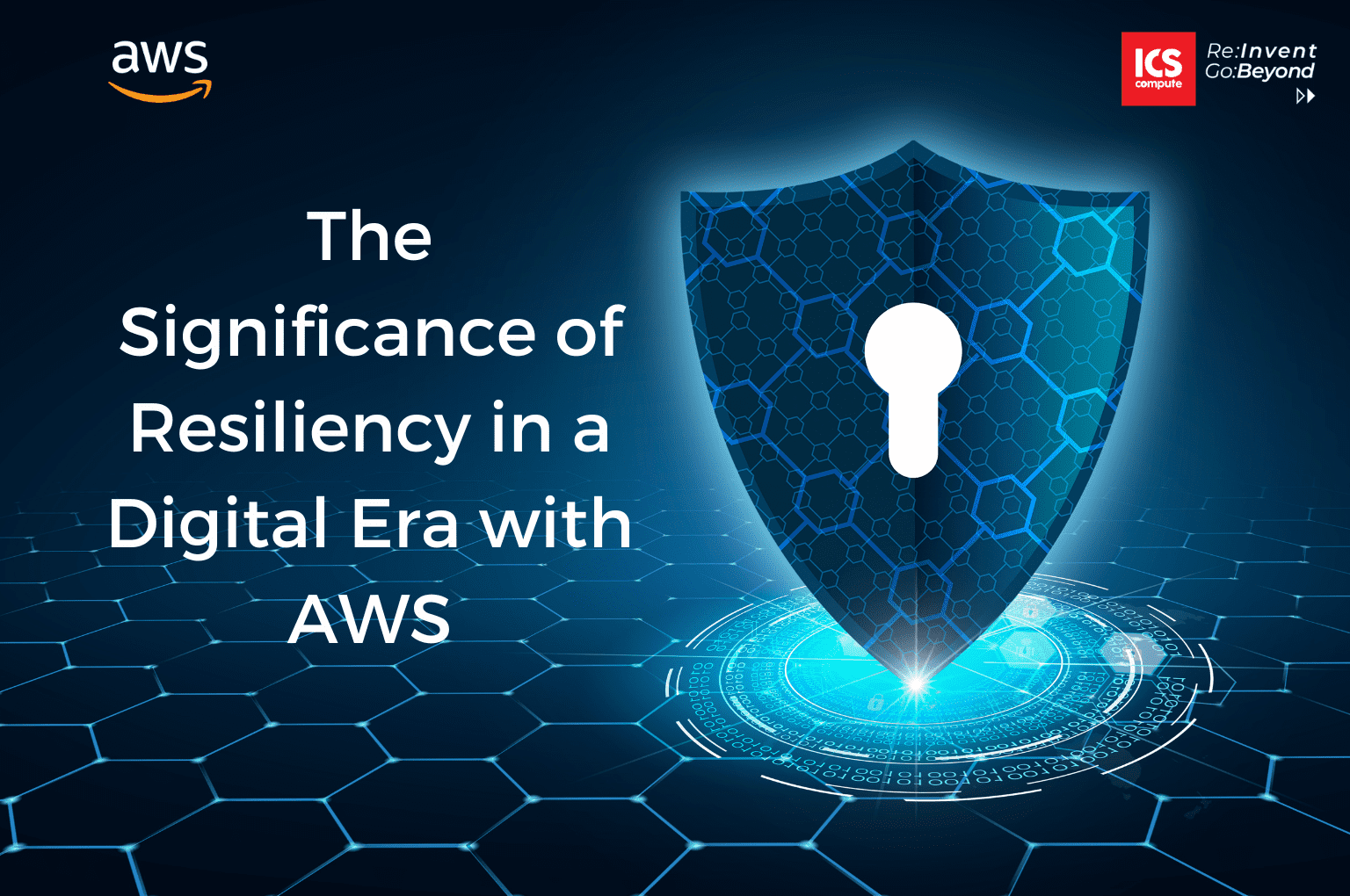The Significance of Resiliency in a Digital Era: A Deep Dive into AWS Solutions

In an era where digital services form the backbone of most organizations, ensuring their continuous availability is no longer a luxury but a necessity. A resilient system is one that can weather outages and disruptions without impacting business continuity. As a leader in cloud computing, Amazon Web Services (AWS) offers an impressive range of services designed to bolster system resiliency. This blog post explores the importance of resiliency and how AWS tools can help businesses achieve it, complete with an example of AWS resiliency architecture.
The Importance of Resiliency
- Business Continuity: Today’s digital world demands businesses to be “always-on,” providing 24/7, uninterrupted services to their customers. The cost of downtime can be tremendous. Gartner estimates that on average, IT downtime costs $5,600 per minute. While this figure will differ depending on the size and nature of your business, even a small interruption can lead to lost sales, decreased productivity, reputational damage, and loss of customer trust. A resilient system is designed with redundancies and failover protocols, which can immediately kick in during an outage. This means, even when a part of the system experiences a failure, the system as a whole continues to function, ensuring that your business services remain unaffected and available to your customers.
- Risk Mitigation: In an increasingly interconnected world, the risk landscape is also evolving. From cybersecurity threats and data breaches to power failures, hardware/software malfunctions, and natural disasters – the list of potential disruptions is long. A resilient system is designed to not just withstand these disruptions but also to adapt and recover quickly. This is achieved through a mix of preventive, detective, and corrective controls. For instance, data redundancy and regular backups can help recover from data loss, while a well-designed disaster recovery plan can guide the system recovery after a major incident. Thus, a resilient system acts as a crucial risk mitigation tool, helping to safeguard your business from the multifarious risks it faces.
- Competitive Advantage: Consistency and reliability are two significant factors that customers value in a service. When your system is resilient, it means that your services are available whenever your customers need them. This builds trust, as customers know that they can rely on your service, even in disruptive circumstances. Moreover, in situations where competitors may struggle with system outages or disruptions, your resilient system can continue functioning seamlessly, providing you with a critical competitive advantage. Resilience also means the ability to adapt quickly, which is crucial in a rapidly changing market environment. The agility offered by a resilient system can help you respond to market changes more swiftly, offering further competitive advantage.
Building Resiliency with AWS
AWS offers a plethora of services designed to bolster resiliency. Here are a few key services:
- Amazon S3: Amazon S3 (Simple Storage Service) offers an impressive durability rate of 99.999999999%, making it a reliable choice for data storage.
- Auto Scaling: AWS Auto Scaling dynamically adjusts capacity to maintain steady, predictable performance at the lowest possible cost.
- Amazon RDS: Amazon RDS (Relational Database Service) makes it easy to set up, operate, and scale a relational database in the cloud.
- Elastic Load Balancing: It automatically distributes incoming application traffic across multiple targets, enhancing the availability of your application.
- AWS Regions and Availability Zones: These physical locations, consisting of one or more discrete data centers, are engineered to be isolated from failures in other Availability Zones, enhancing the fault tolerance of your applications.
Here is a basic example of an AWS resiliency architecture:

This architecture implements a redundant, multi-AZ deployment for high availability and durability. To get a more detailed look at AWS resiliency architectures, you can visit AWS Well-Architected Labs.
In the journey towards ensuring system resiliency, the AWS Well-Architected Framework provides a solid foundation. It offers a consistent approach for customers and partners to evaluate architectures and implement designs that can scale over time. However, understanding and implementing this framework might seem overwhelming, especially for those who are new to AWS or don’t have extensive experience in building resilient architectures.
This is where the AWS Well-Architected Framework Review product comes into play. Available on the AWS Marketplace, this product offers a comprehensive review of your AWS environment against the five pillars of the Well-Architected Framework: Operational Excellence, Security, Reliability, Performance Efficiency, and Cost Optimization. It aids in understanding your current state, identifies potential risks and areas for improvement, and provides recommendations to help achieve a more resilient and efficient AWS environment.
In a fast-paced digital era, where services are expected to be available round-the-clock, building resilient systems is crucial. By leveraging AWS’s plethora of services, businesses can ensure that their services remain highly available, durable, and reliable, enhancing their ability to navigate any disruption. System resiliency is not just about survival; it’s a crucial strategic asset that can enhance business continuity, mitigate risks, and provide a significant competitive advantage. In a volatile and uncertain business environment, resilience can be the key to enduring and thriving.


